-

Food & Nutrition
Smart, Savvy, and Nourished: Eating Well on a Budget During Holiday Seasons
The holiday season is full of family meals, celebrations, and special treats, but is can also be a time when food costs rise, and healthy habits slip away. With a little creativity and planning, it’s possible to enjoy satisfying and nutritious meals without overspending. This fact sheet explores shopping strategies, which are the most nutrient-dense foods for the lowest cost, and include tips for finding the best food buys at the holidays.
-

Livestock, Dairy, Equine, & Poultry Handling
Conducting Animal Health Checks: Beef Cattle
Health checks are the first line of defense against disease introduction at an animal event is a quality health check upon arrival, to confirm that animals are free of observable illnesses. There are a variety of contagious diseases that can easily spread amongst the animals commonly present at public events. Certifying the health of each animal involved in a public-facing event can protect the health of animals and people. This resource is designed for animal event organizers and superintendents to provide them with a thorough and step-by-step approach to conducting animal health checks for beef cattle and exhibitors to determine that an animal’s health may be suitable for its participation.
-

Livestock, Dairy, Equine, & Poultry Handling
Conducting Animal Health Checks: Dairy Cattle
Health checks are the first line of defense against disease introduction at an animal event is a quality health check upon arrival, to confirm that animals are free of observable illnesses. There are a variety of contagious diseases that can easily spread amongst the animals commonly present at public events. Certifying the health of each animal involved in a public-facing event can protect the health of animals and people. This resource is designed for animal event organizers and superintendents to provide them with a thorough and step-by-step approach to conducting animal health checks for dairy cattle and exhibitors to determine that an animal’s health may be suitable for its participation.
-

Livestock, Dairy, Equine, & Poultry Handling
Conducting Animal Health Checks: Poultry
Health checks are the first line of defense against disease introduction at an animal event is a quality health check upon arrival, to confirm that animals are free of observable illnesses. There are a variety of contagious diseases that can easily spread amongst the animals commonly present at public events. Certifying the health of each animal involved in a public-facing event can protect the health of animals and people. This resource is designed for animal event organizers and superintendents to provide them with a thorough and step-by-step approach to conducting animal health checks for poultry and exhibitors to determine that an animal’s health may be suitable for its participation.
-

Livestock, Dairy, Equine, & Poultry Handling
Conducting Animal Health Checks: Equine (Horse)
Health checks are the first line of defense against disease introduction at an animal event is a quality health check upon arrival, to confirm that animals are free of observable illnesses. There are a variety of contagious diseases that can easily spread amongst the animals commonly present at public events. Certifying the health of each animal involved in a public-facing event can protect the health of animals and people. This resource is designed for animal event organizers and superintendents to provide them with a thorough and step-by-step approach to conducting animal health checks for horses and exhibitors to determine that an animal’s health may be suitable for its participation.
-
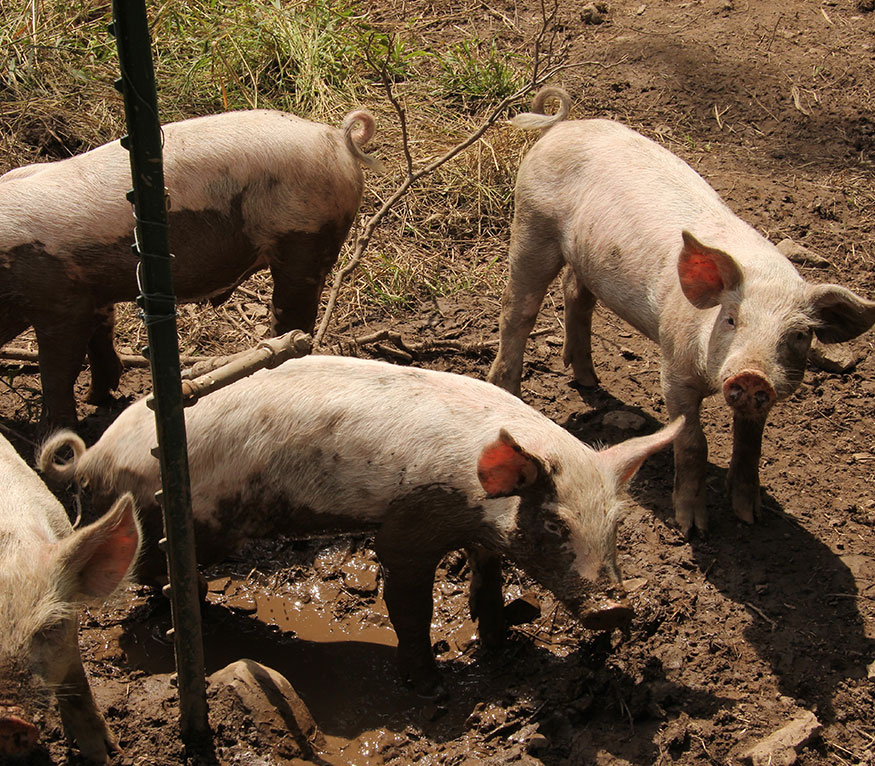
Livestock, Dairy, Equine, & Poultry Handling
Conducting Animal Health Checks: Swine
Health checks are the first line of defense against disease introduction at an animal event is a quality health check upon arrival, to confirm that animals are free of observable illnesses. There are a variety of contagious diseases that can easily spread amongst the animals commonly present at public events. Certifying the health of each animal involved in a public-facing event can protect the health of animals and people. This resource is designed for animal event organizers and superintendents to provide them with a thorough and step-by-step approach to conducting animal health checks for swine and exhibitors to determine that an animal’s health may be suitable for its participation.
-

Livestock, Dairy, Equine, & Poultry Handling
Conducting Animal Health Checks: Rabbits, Cavies, and Other Small Mammals
Health checks are the first line of defense against disease introduction at an animal event is a quality health check upon arrival, to confirm that animals are free of observable illnesses. There are a variety of contagious diseases that can easily spread amongst the animals commonly present at public events. Certifying the health of each animal involved in a public-facing event can protect the health of animals and people. This resource is designed for animal event organizers and superintendents to provide them with a thorough and step-by-step approach to conducting animal health checks for rabbits and other small mammals and exhibitors to determine that an animal’s health may be suitable for its participation.
-

Livestock, Dairy, Equine, & Poultry Handling
Conducting Animal Health Checks: Sheep
Health checks are the first line of defense against disease introduction at an animal event is a quality health check upon arrival, to confirm that animals are free of observable illnesses. There are a variety of contagious diseases that can easily spread amongst the animals commonly present at public events. Certifying the health of each animal involved in a public-facing event can protect the health of animals and people. This resource is designed for animal event organizers and superintendents to provide them with a thorough and step-by-step approach to conducting animal health checks for sheep and exhibitors to determine that an animal’s health may be suitable for its participation.
-
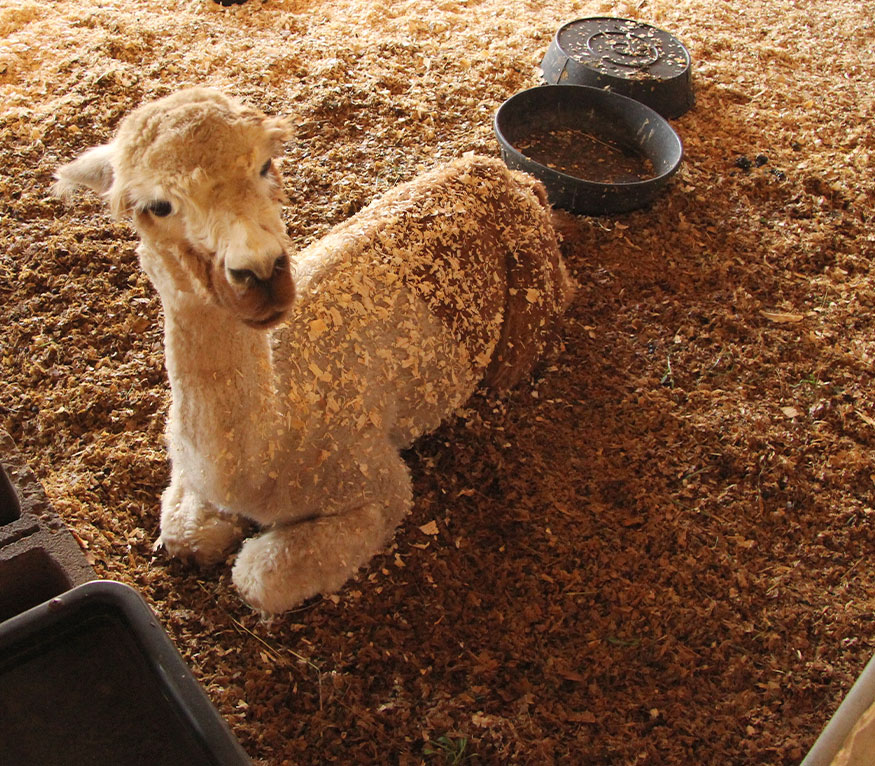
Livestock, Dairy, Equine, & Poultry Handling
Conducting Animal Health Checks: Alpacas and Llamas (Camelids)
Health checks are the first line of defense against disease introduction at an animal event is a quality health check upon arrival, to confirm that animals are free of observable illnesses. There are a variety of contagious diseases that can easily spread amongst the animals commonly present at public events. Certifying the health of each animal involved in a public-facing event can protect the health of animals and people. This resource is designed for animal event organizers and superintendents to provide them with a thorough and step-by-step approach to conducting animal health checks for for llamas and alpacas (camelids) and exhibitors to determine that an animal’s health may be suitable for its participation.
-
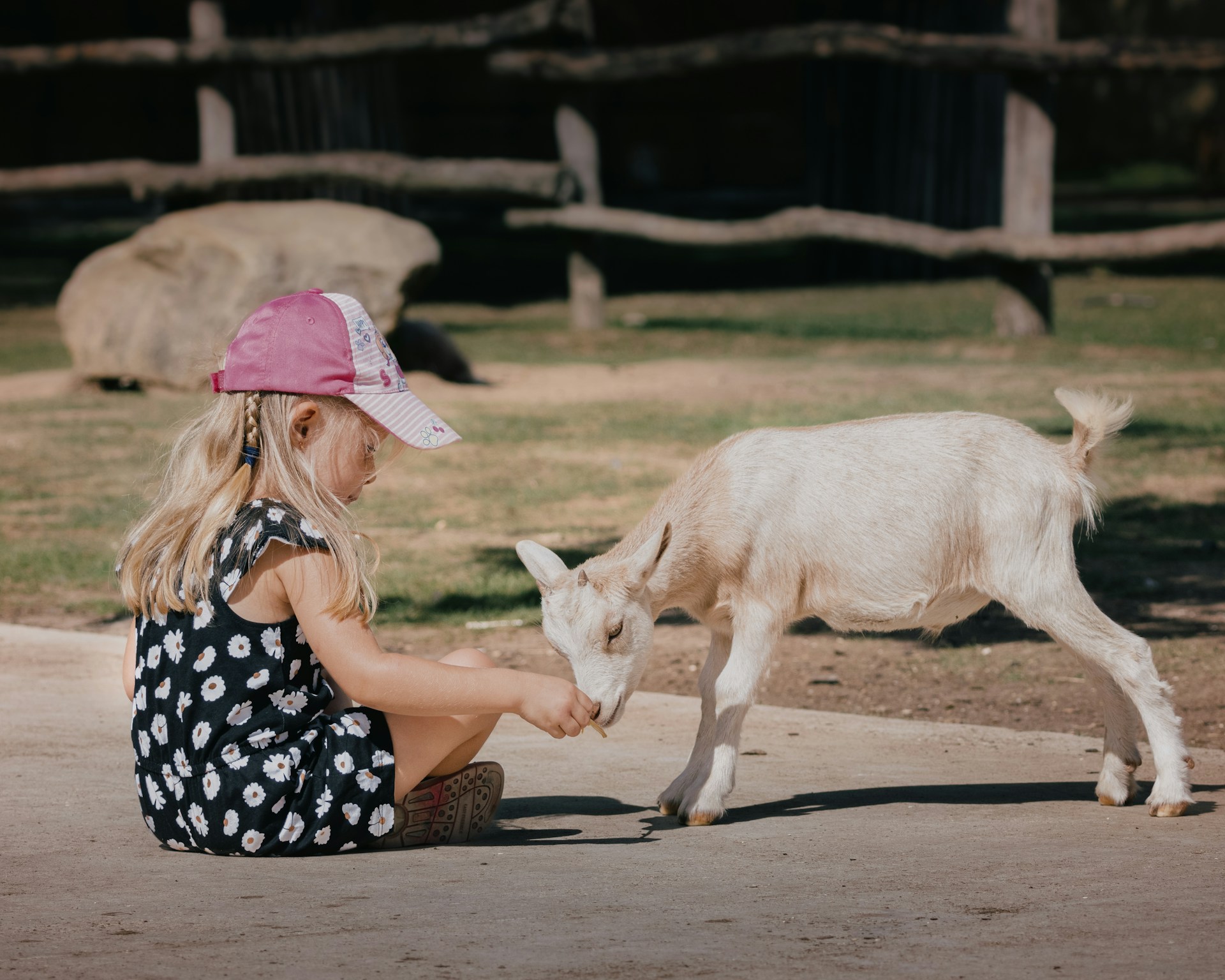
Livestock, Dairy, Equine, & Poultry Handling
Conducting Animal Health Checks: Goats
Health checks are the first line of defense against disease introduction at an animal event is a quality health check upon arrival, to confirm that animals are free of observable illnesses. There are a variety of contagious diseases that can easily spread amongst the animals commonly present at public events. Certifying the health of each animal involved in a public-facing event can protect the health of animals and people. This resource is designed for animal event organizers and superintendents to provide them with a thorough and step-by-step approach to conducting animal health checks for goats. and exhibitors to determine that an animal’s health may be suitable for its participation.
-
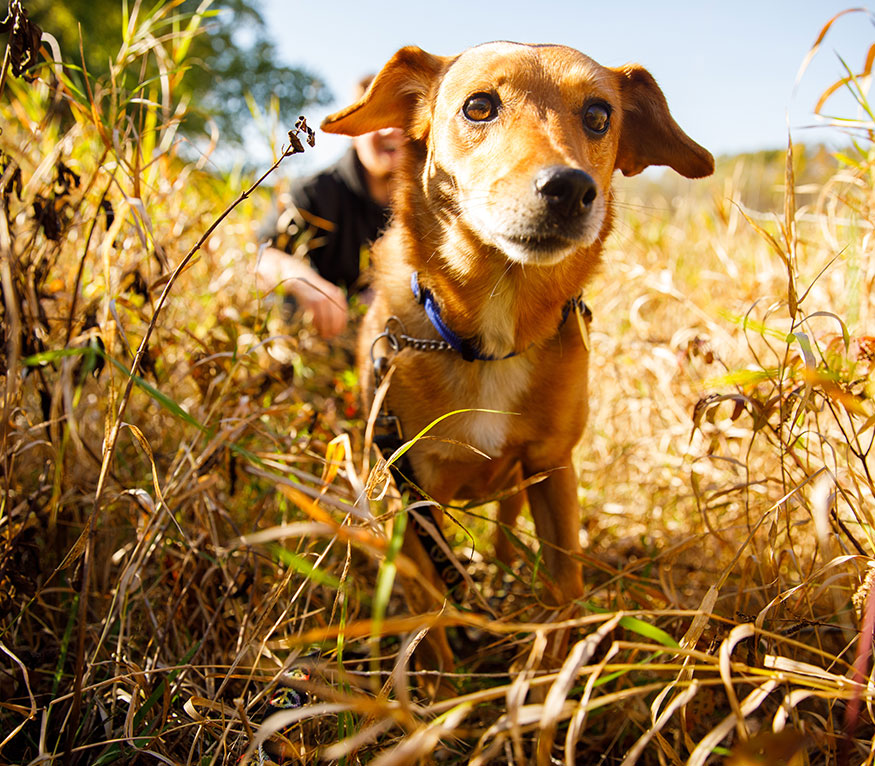
Livestock, Dairy, Equine, & Poultry Handling
Conducting Animal Health Checks: Dogs
Health checks are the first line of defense against disease introduction at an animal event is a quality health check upon arrival, to confirm that animals are free of observable illnesses. There are a variety of contagious diseases that can easily spread amongst the animals commonly present at public events. Certifying the health of each animal involved in a public-facing event can protect the health of animals and people. This resource is designed for animal event organizers and superintendents to provide them with a thorough and step-by-step approach to conducting animal health checks for dogs, and exhibitors to determine that an animal’s health may be suitable for its participation.
-

Agriculture & Farming
Biosecurity Best Management Practices for Animal Exhibitors
Biosecurity is a set of procedures to reduce the spread of illness from disease-causing agents such as bacteria and viruses. Implementing biosecurity practices can increase the likelihood that animals, exhibitors, event personnel, and members of the public remain healthy and safe while engaging in agricultural events, and upon returning home. This fact sheet can be used by animal exhibitors to inform biosecurity decision-making before, during, and after an event.
-
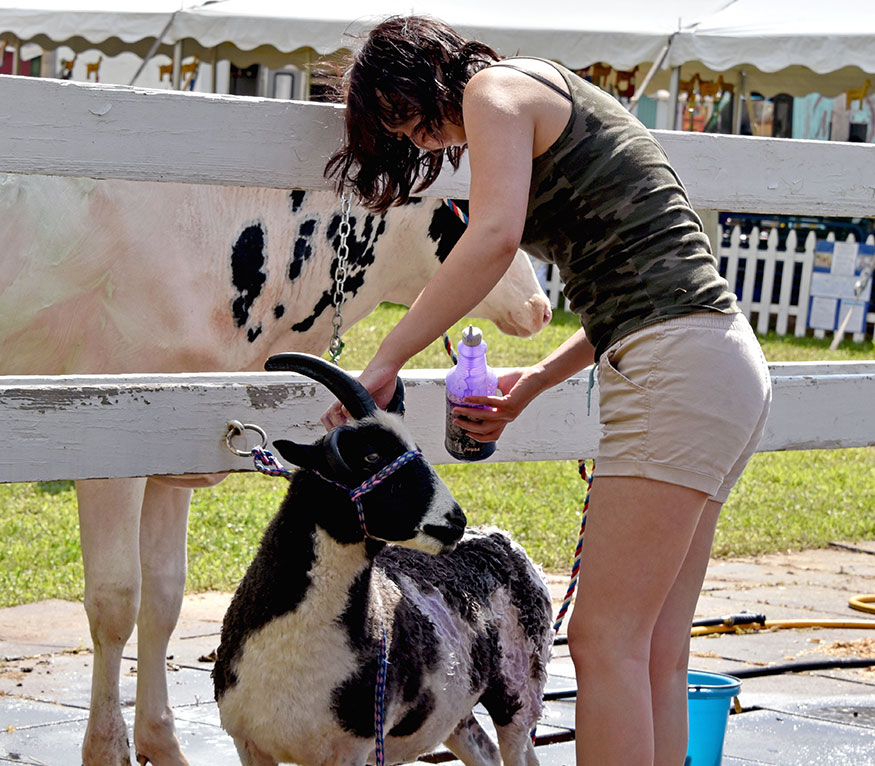
Health & Wellness
Clean, Sanitize, and Disinfect: Safe and Effective Practices for Animal Exhibitions
A quality cleaning, sanitizing, and disinfecting procedure can help protect animal and human health at exhibitions and events. It is essential to understand the differences between cleaning, sanitizing, and disinfecting, why each step is important, and how they work together to create a safe environment. These guidelines can be used by animal event organizers, superintendents, exhibitors, and families to maintain a clean exhibition environment, and prevent disease transmission.
-

Food & Nutrition
Understanding Vitamin A: Sources, Benefits and Cautions
Vitamin A is a critical and essential nutrient for human eye health, immunity, reproduction, and normal growth and development. In addition, vitamin A helps the heart, lungs, and other organs work properly. Vitamin A deficiency is a major nutritional deficiency worldwide, but is rare in the United States. The greater concern in the U.S. is getting too much vitamin A from diet and supplements. This fact sheet reviews vitamin A requirements, and sources from food and supplements.
-
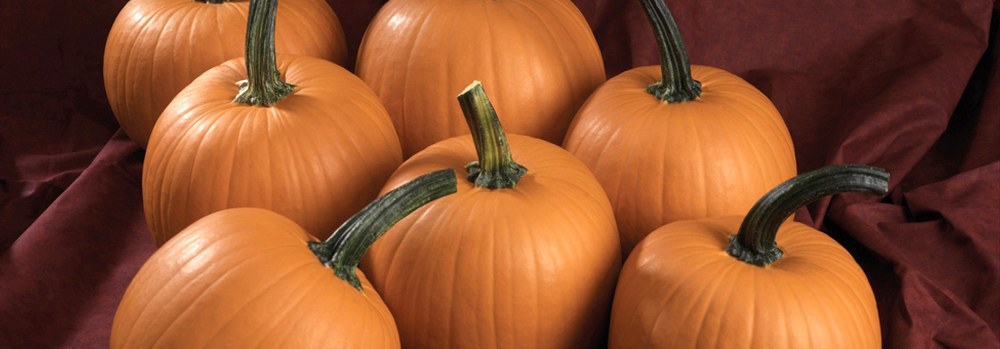
Food & Nutrition
Healthy Halloween Treats
Halloween is a time for costumes, fun and of course…. candy! How can you make the season festive and still provide healthy options? Whether you’re hosting a party with friends or trick or treating on Halloween night, you can find fun ways to include some healthy options for everyone.
-

Home Gardening & Landscaping
Rose Pathology in the Northeast: Start with genetics, reinforce with IPM, use fungicides wisely
Roses are often planted as an integral part of Northeastern gardens, valued for their ornamental and cultural significance. Despite their popularity, they are prone to several fungal diseases that can reduce plant vigor, flowering, and landscape performance. Successful rose culture in this region depends on recognizing that plant genetics, cultural care, and judicious use of fungicides serve as guardians against disease. This fact sheet demonstrates that the guiding theme—start with genetics, reinforce with IPM, and use fungicides wisely—is more than a slogan; it is a proven framework for success.
-
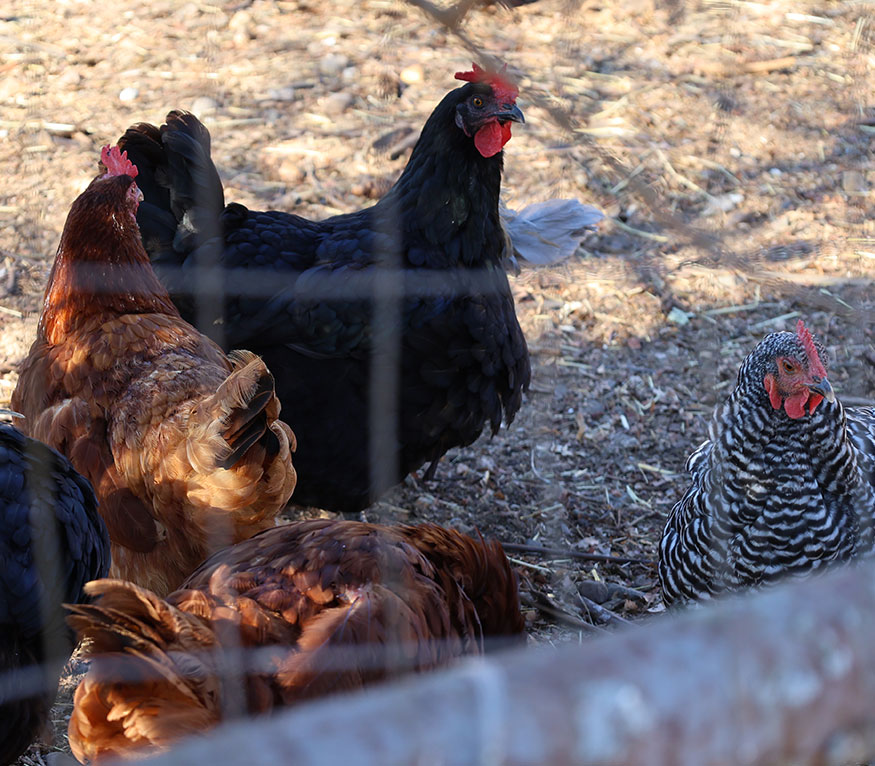
Health & Wellness
Permitting and Regulating Backyard Chickens in Connecticut: a One Health Perspective
Keeping backyard chickens has become popular in Connecticut, particularly in response to concerns about egg prices and availability related to ‘Bird Flu’, along with increased interest in producing and supporting the local food movement. This fact sheet is intended to inform local decisions about permitting chicken coops on residential lots for personal (non-commercial) use and aid local land use decision-makers in supporting interests in backyard chickens from a One Health perspective.
-
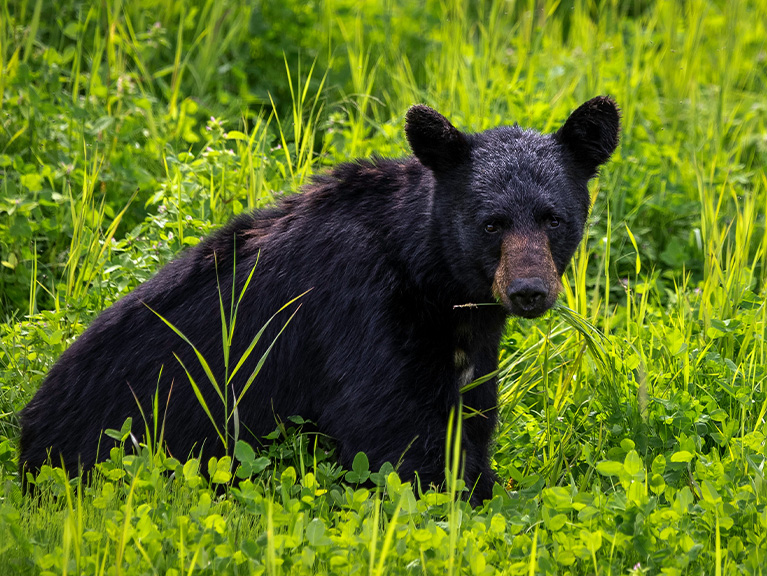
Agriculture & Farming
Protecting Livestock and Crops from Black Bears in Connecticut
It is not uncommon to spot a black bear throughout the state and region. Livestock such as chickens and goats can be susceptible to black bear predation. Bears have also been found to damage beehives and crops. As a livestock producer, the best strategy is prevention. This factsheet offers livestock farmers and producers guidance and recommendations to safeguard their animals and prevent black bear incidents.
-
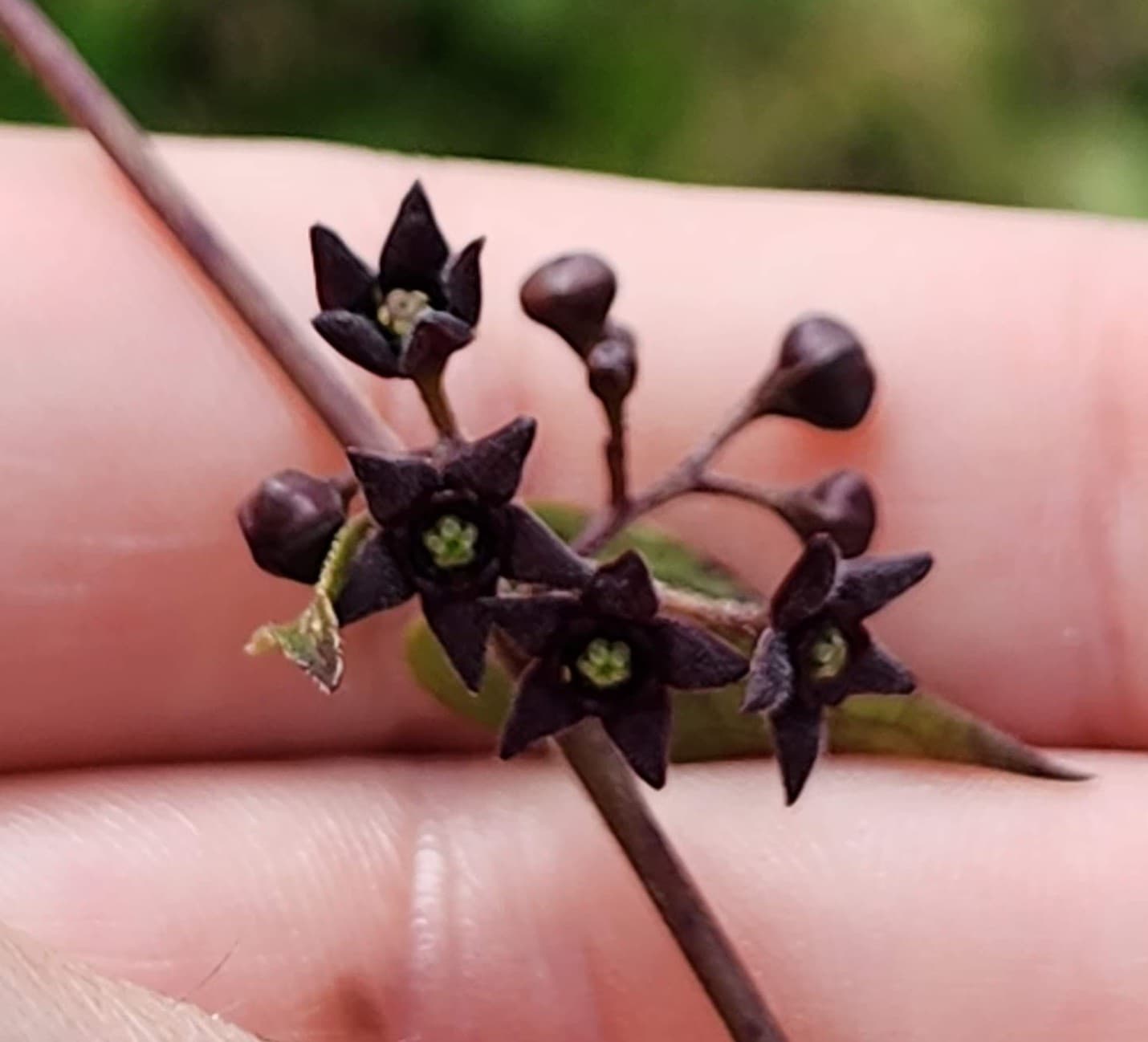
Commercial Landscaping & Turfgrass
Invasive Plant Factsheet: Black swallow-wort, Pale swallow-wort
In the U.S., both species of Swallow wort are mostly found in the northeast region. Swallow-wort prefers full sun, but also grows well in woodland, even densely shaded, areas. Spreading quickly once established, it is typically found in disturbed areas, such as old pastures and fields or road ditches. Also common along roadsides, in gardens, meadows, urban areas, agricultural fields, and woodlands. Once established, it can spread across a site, displacing native species.
-
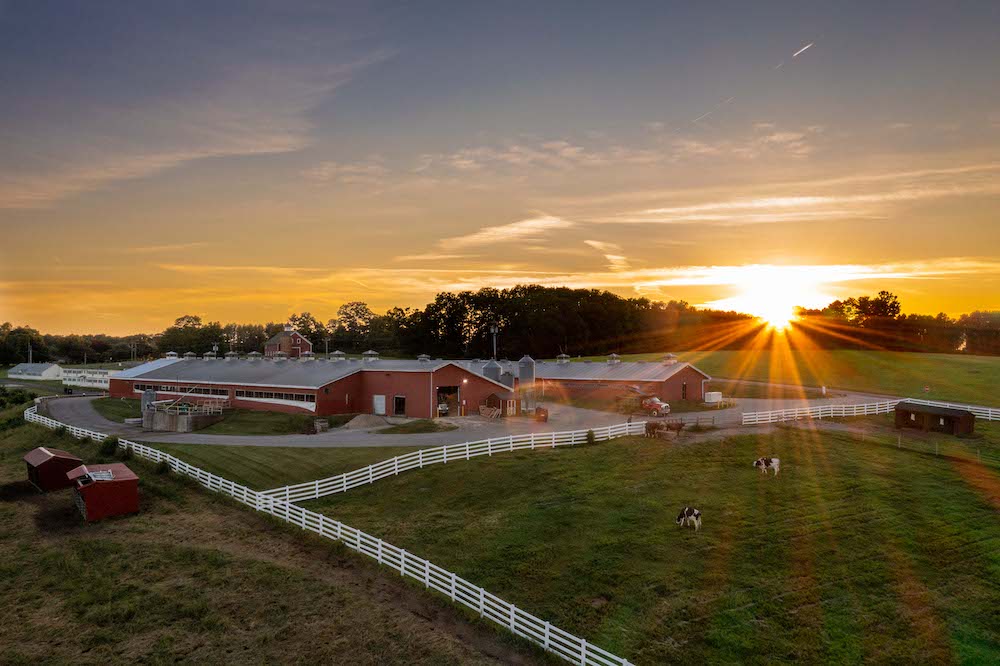
Agriculture & Farming
Grant Writing Tips for Farmers
Money from grants can be instrumental for business expansion. Farmers might consider the use of grants to leverage current resources, invest in key infrastructure improvements, or move a project to the next level. This fact sheet provides farmers with grant writing tips to help improve their rate of success accessing grants.
-
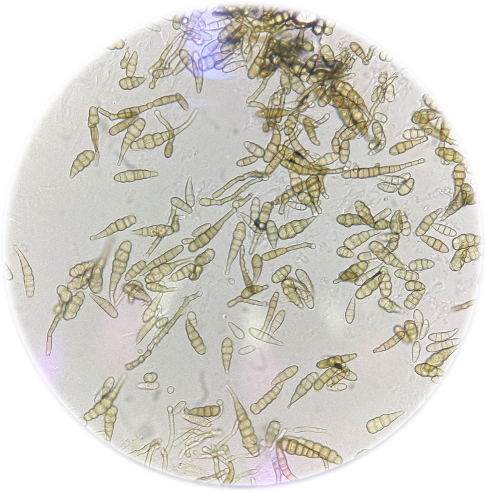
Crop Production
Alternaria Leaf Blight and Head Rot of Brassicas: Identification and Management
Alternaria leaf spot is an economically important fungal disease of brassicas, such as broccoli, cabbage, kale, and cauliflower, among others. In Connecticut, this disease is primarily caused by Alternaria brassicicola, though both A. brassicae and A. alternata have been identified as pathogenic in the state. Though not identified in Connecticut, A. japonica is can also cause ABHR, though it is currently on has been identified in California, Georgia, and South Carolina.
-

Health & Wellness
Protecting People and Animals from Tick-Borne Diseases
Ticks and insect vectors can host a multitude of disease-causing agents that can harm the health of humans and animals. This fact sheet integrates a One Health approach to understanding and responding to vector-based health risks, and is designed for individuals and groups interested in learning how to protect themselves and their animals from tick-borne diseases.
-

Health & Wellness
Should I Be Taking a Multivitamin and Mineral Supplement? A Current Review
An estimated one third of adults and twenty-five percent of children in the United States take some form of multivitamin supplements. There are numerous brand name and generic options available at pharmacies, grocery stores, and online. The overall U.S. market for vitamins and mineral supplements is expected to exceed $4.8 billion annually in 2025. Demand has risen considerably since the COVID 19 pandemic, as consumers seek ways to boost immunity, improve mental wellness, manage stress, and support overall health.
-
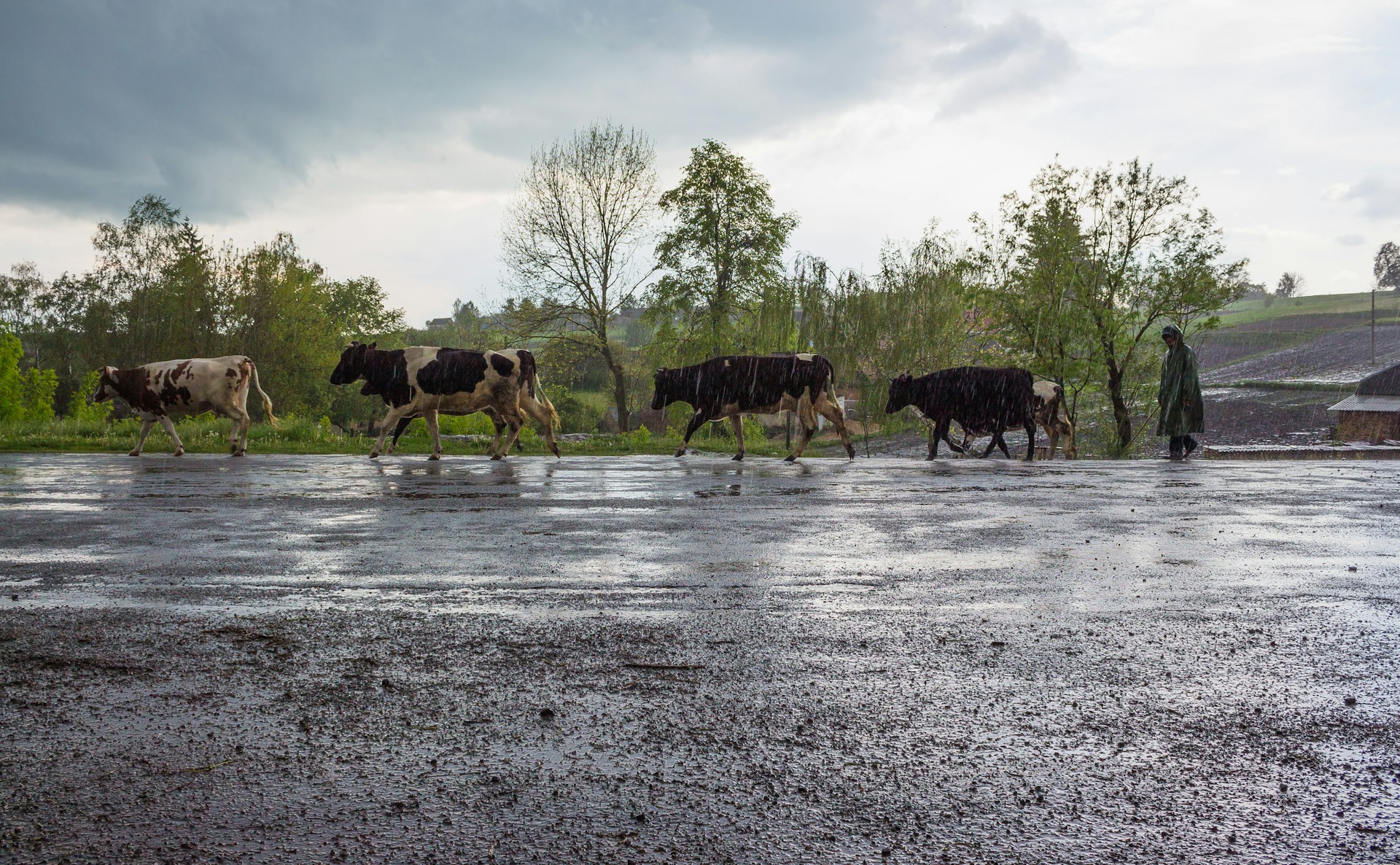
Agriculture & Farming
Preparing Farm Operations for Extreme Summer Weather
Summer can bring extreme weather events, such as hurricanes and flooding. These, as well as seasonal changes, can pose risks for farm operations. Time spent on preparation early can mean time saved during extreme weather. This resource is part of a series of fact sheets and checklists for agricultural producers to inform short-term, immediate responses for farm operations, in preparation for impending extreme weather events. This fact sheet focuses on preparation strategies for the summer months.
-
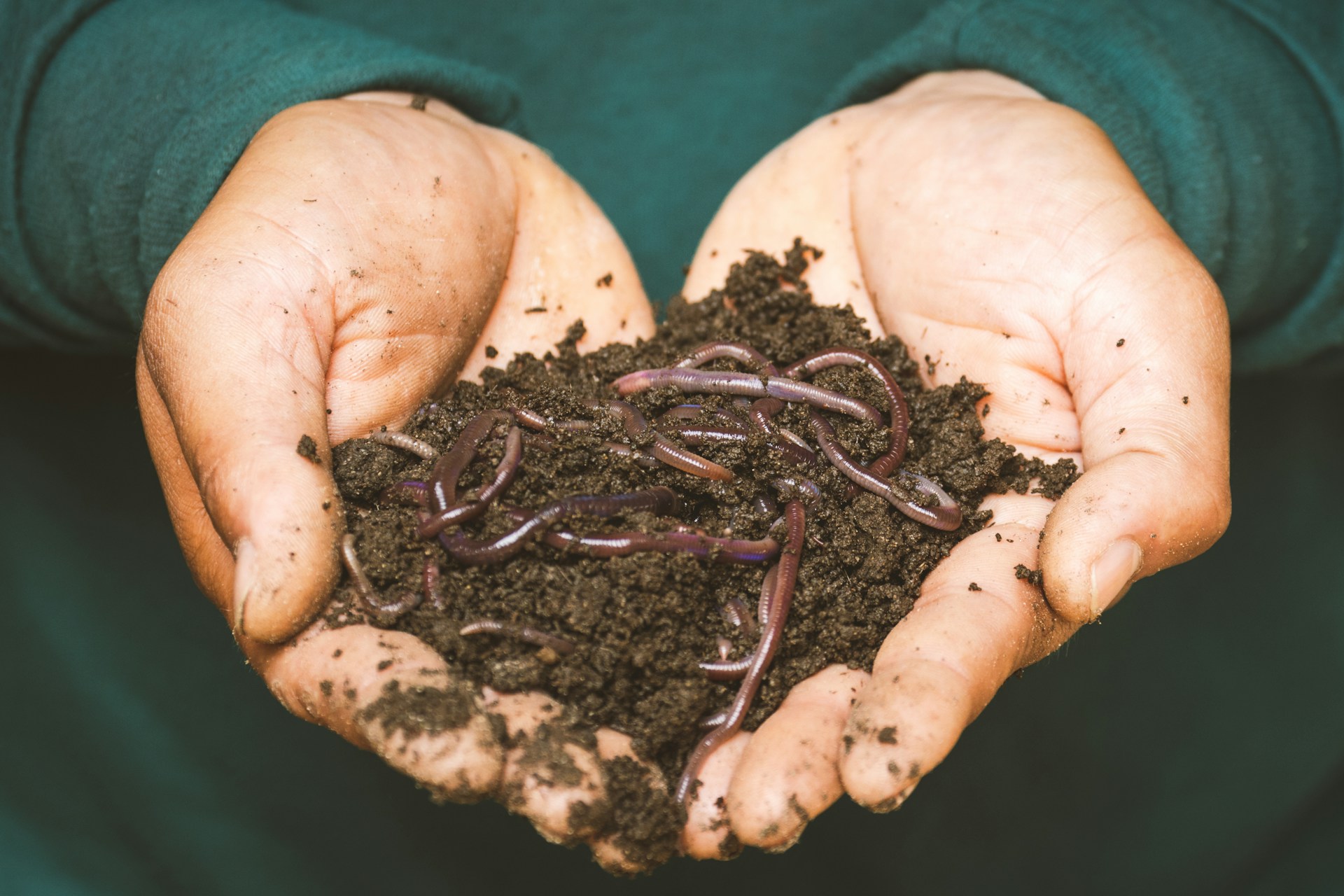
Livestock, Dairy, Equine, & Poultry Handling
Vermiculture: Reduce Your Manure Through Worm Composting
Vermi is the Latin for worm. Vermiculture is the use of worms to break down organic wastes in compost and decaying matter. Worms break down the organic matter via their digestive processes. These earthworms are a specific type known as red worms, tiger worms, or red wigglers (Eisenia spp.). This fact sheet will discuss the use of worms and other beneficial insects, such as nematodes and praying mantises.
-
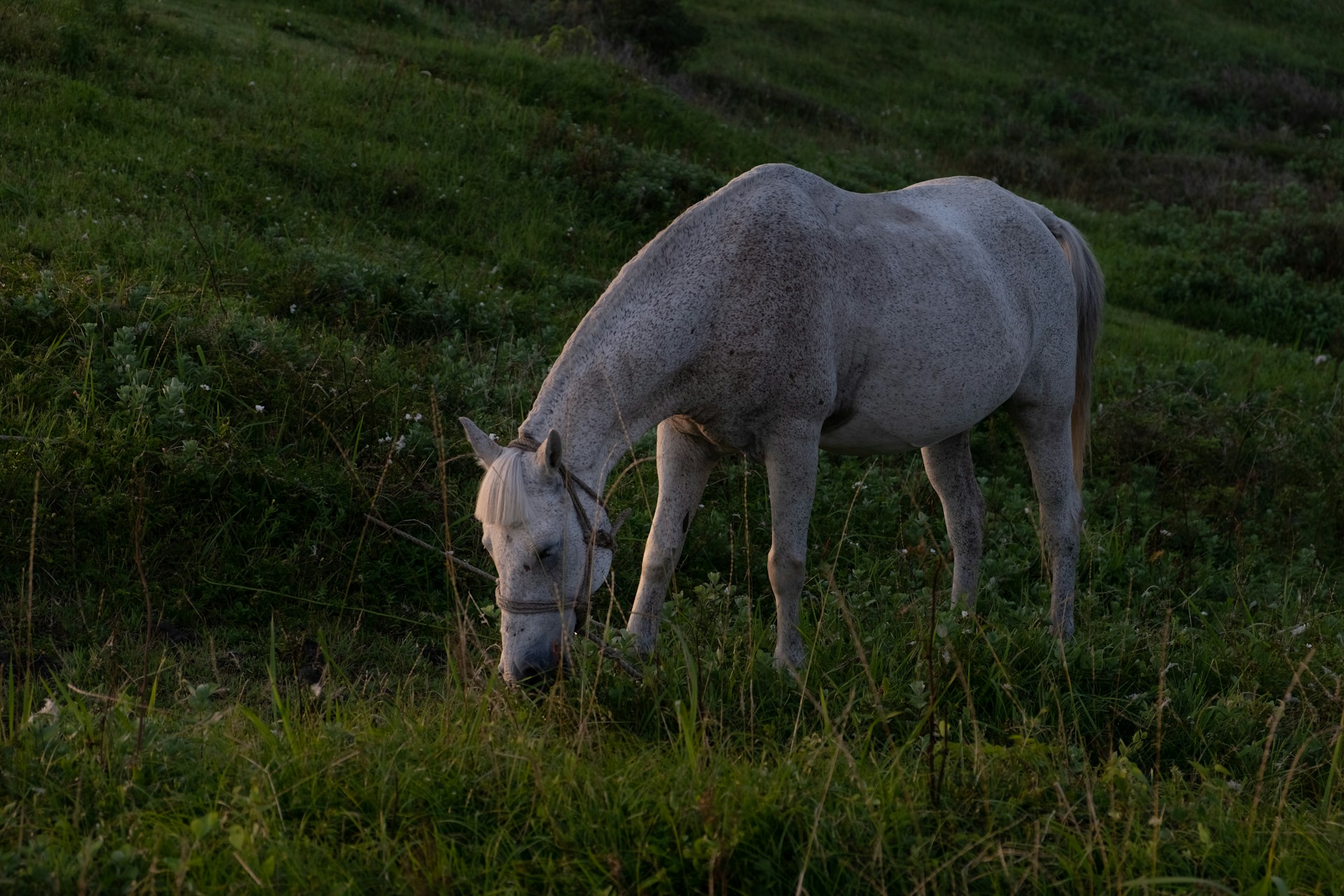
Livestock, Dairy, Equine, & Poultry Handling
Renovating Horse Pastures
Many horse owners have concerns about their pastures. Often, they either have weeds appearing, or bare areas of land, both which can be the result of overgrazing. The opposite problem is that the pasture may be overgrown due to too few horses grazing it. Whatever the pasture issue, there is a method that can be used easily to determine when it is time to do something about it.
-

Agriculture & Farming
Finish Times of Connecticut Bedding Plants
When an ornamental crop is ready for sale (finish time) is the result of many interconnected factors. The theoretical optimal finish time is often not reached, as weather conditions, insects, diseases, and other factors that are not within the grower’s control can influence the rate of plant development. Growers need to accurately time plantings to meet contract obligations and customer schedules. The data included is for finish times of common bedding and garden plants grown in Connecticut.
-
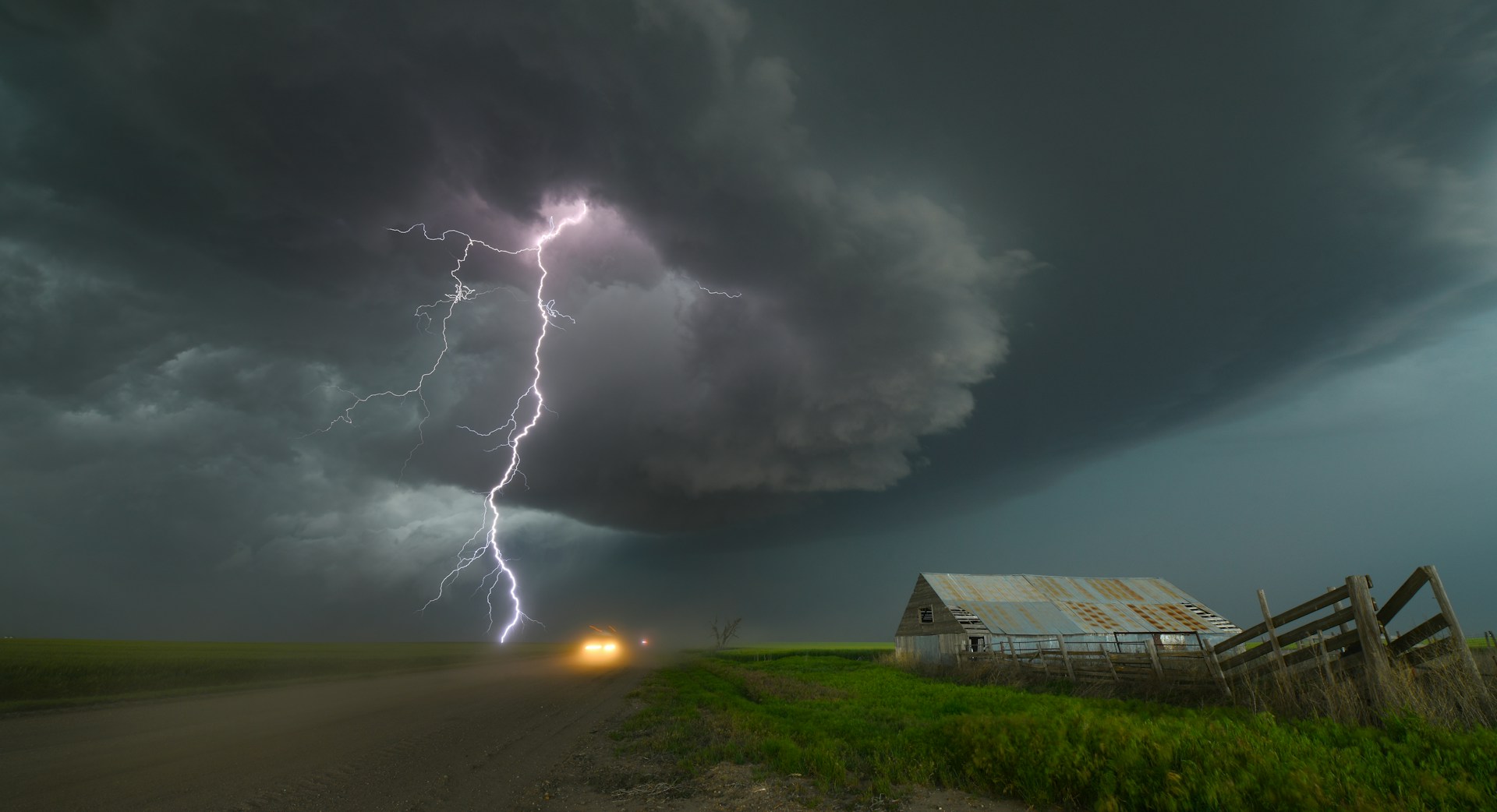
Agriculture & Farming
Preparing Farm Operations for Extreme Weather: General Strategies for Producers
Extreme weather events and seasonal changes, including flooding, strong winds, and first frost, can pose risks for farm operations. Preparing for extreme weather can help mitigate impacts on farm workers, infrastructure, crops, and animals. This resource is the first part of a series of fact sheets and checklists that can be used by producers to inform short-term and immediate responses for farm operations in preparation for impending extreme weather events. This factsheet focuses on general preparation strategies.
-

Food & Nutrition
The Gut-Mood Connection: How Your Microbiome Affects Well-being
Researchers and medical experts have become increasingly focused on how gut bacteria can potentially impact mental health. The gut-brain axis is the communication network that connects the gut and brain. These two organs are linked physically and biochemically in several ways. What you eat directly affects the structure and function of your brain and, ultimately, your mood.
-
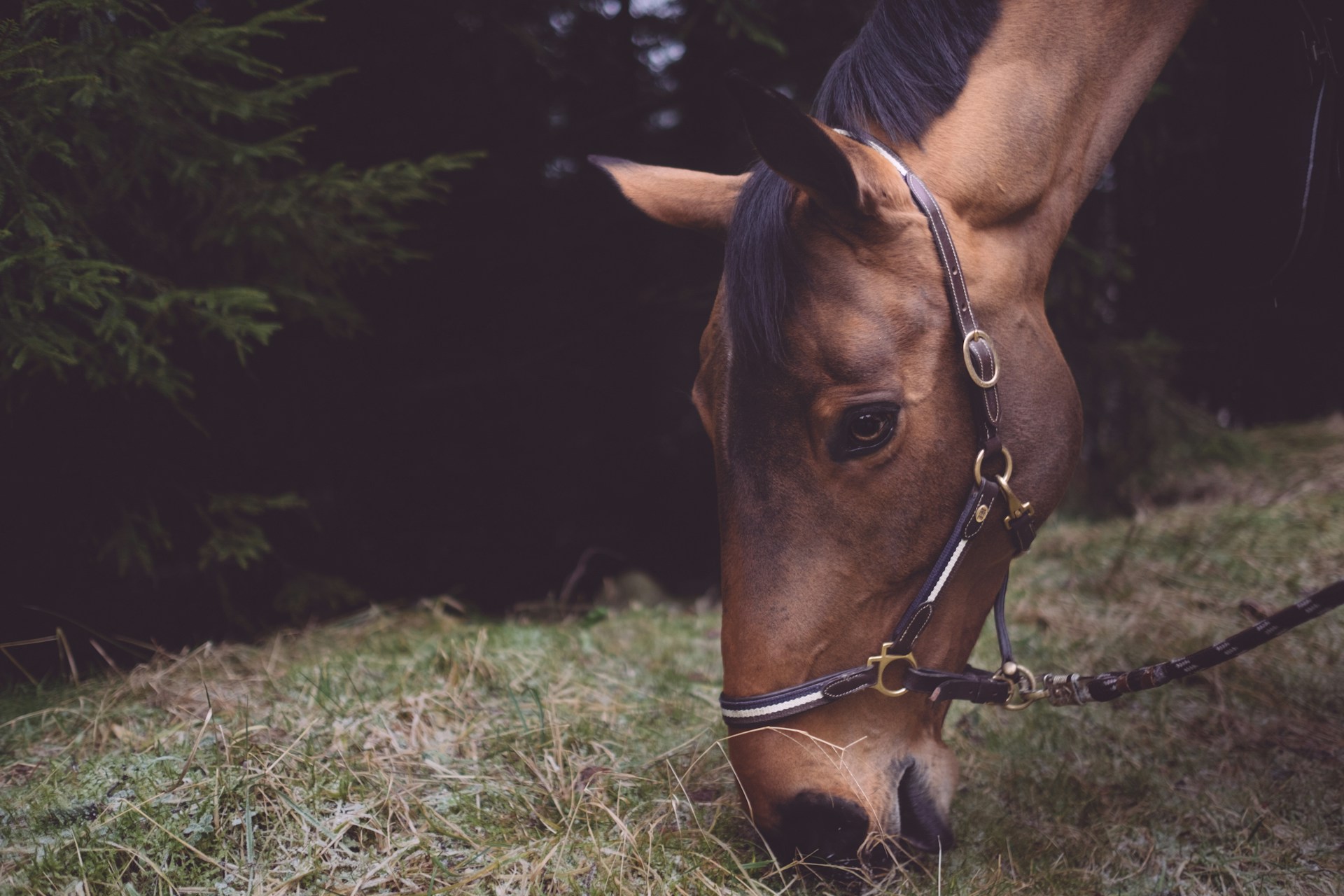
Livestock, Dairy, Equine, & Poultry Handling
Vital Signs: What They Mean and How to Take Them for Your Horse
Vital signs are physical indications that let you know that your horse is living, such as temperature, pulse and respiration. These signs can be observed, measured, and monitored to indicate the horse’s level of physical functioning. Vital signs change with age, sex, weight, fitness, and condition. Any abnormalities in vital signs should prompt you to consult a veterinarian. In order to tell what is abnormal for your horse, you must first know what is normal.
-
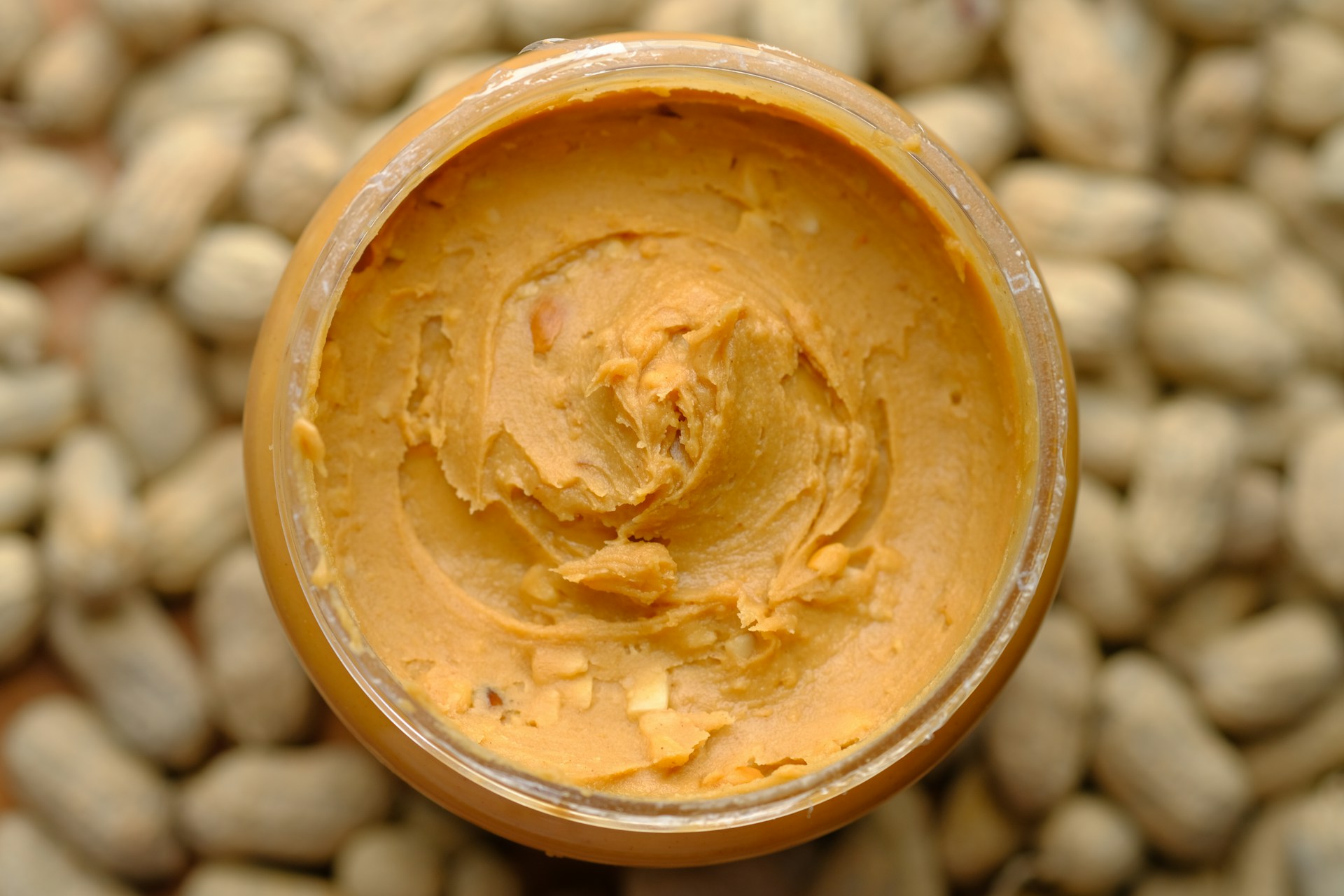
Food & Nutrition
The Nutritional Benefits of Nut & Seed Butters: A Consumer’s Guide
During the last decade, plant-based butters (nut and seed) have become more popular. In addition to peanut butter, there are numerous options from which to choose. Nut and seed butters have expanded in production, in part to provide options for people who are allergic to peanuts or tree nuts and offer new options. This fact sheet provides a review of the nutritional benefits of various options.
-

Agriculture & Farming
Healthy Interactions with Animals at Fairs and Other Animal Events
Fairs and other events involving animals can be memory-makers for the whole family. However, understanding how to keep everyone healthy while attending is important, especially when engaging with the animals and their handlers. This fact sheet is for people interested in learning proper hygiene practices for interacting with animals in public settings.
-
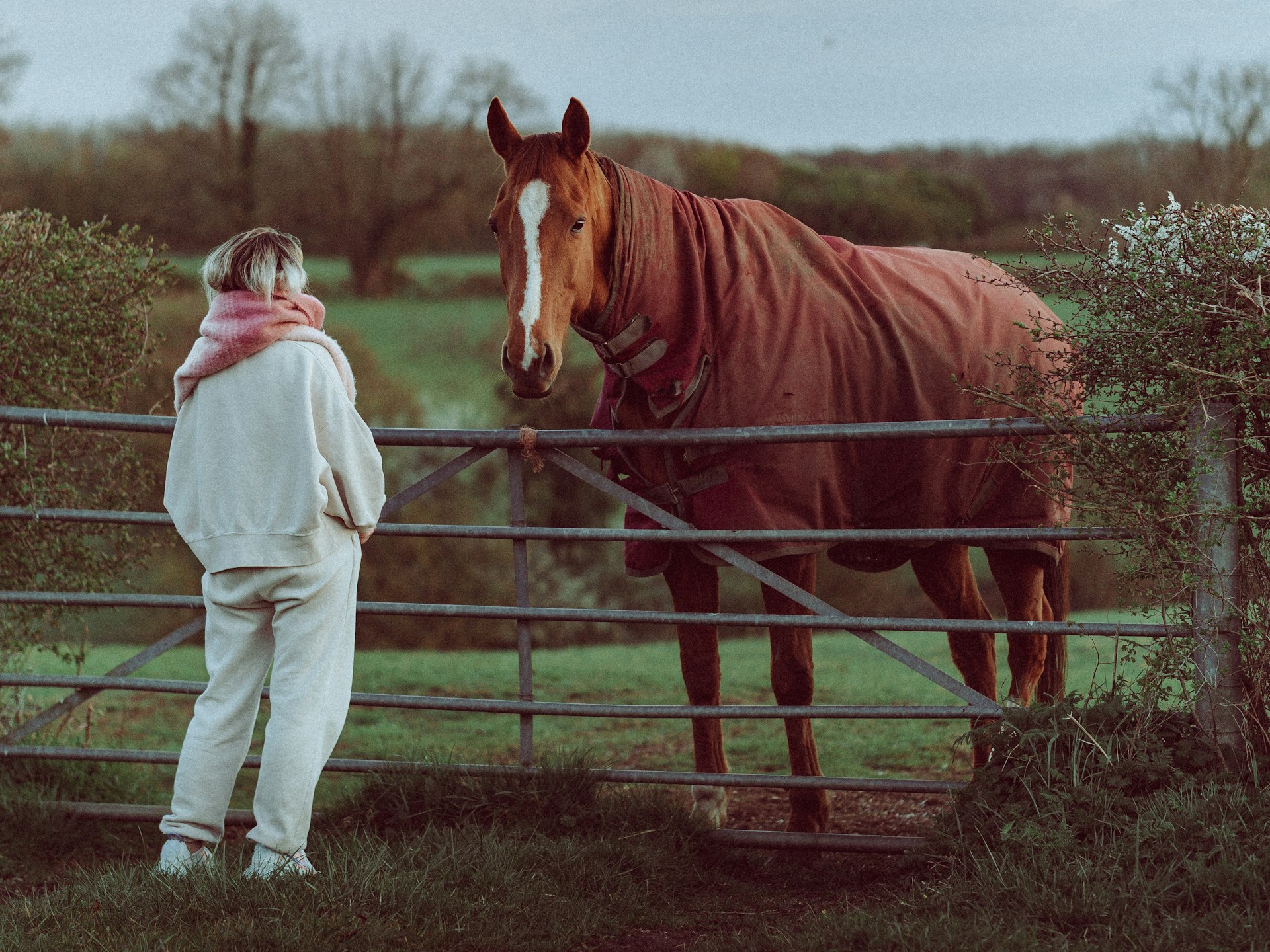
Livestock, Dairy, Equine, & Poultry Handling
Phrases to be Wary of When Reading Horse Classifieds
The first-time, prospective horse buyer might benefit from some insight into what you may read in an equine classified. Keep in mind the classified ad might mean just what it says. Included are some potential alternate definitions for some key phrases. They are broken them into categories that include discipline, training, horse’s condition, and owner’s preference.
-
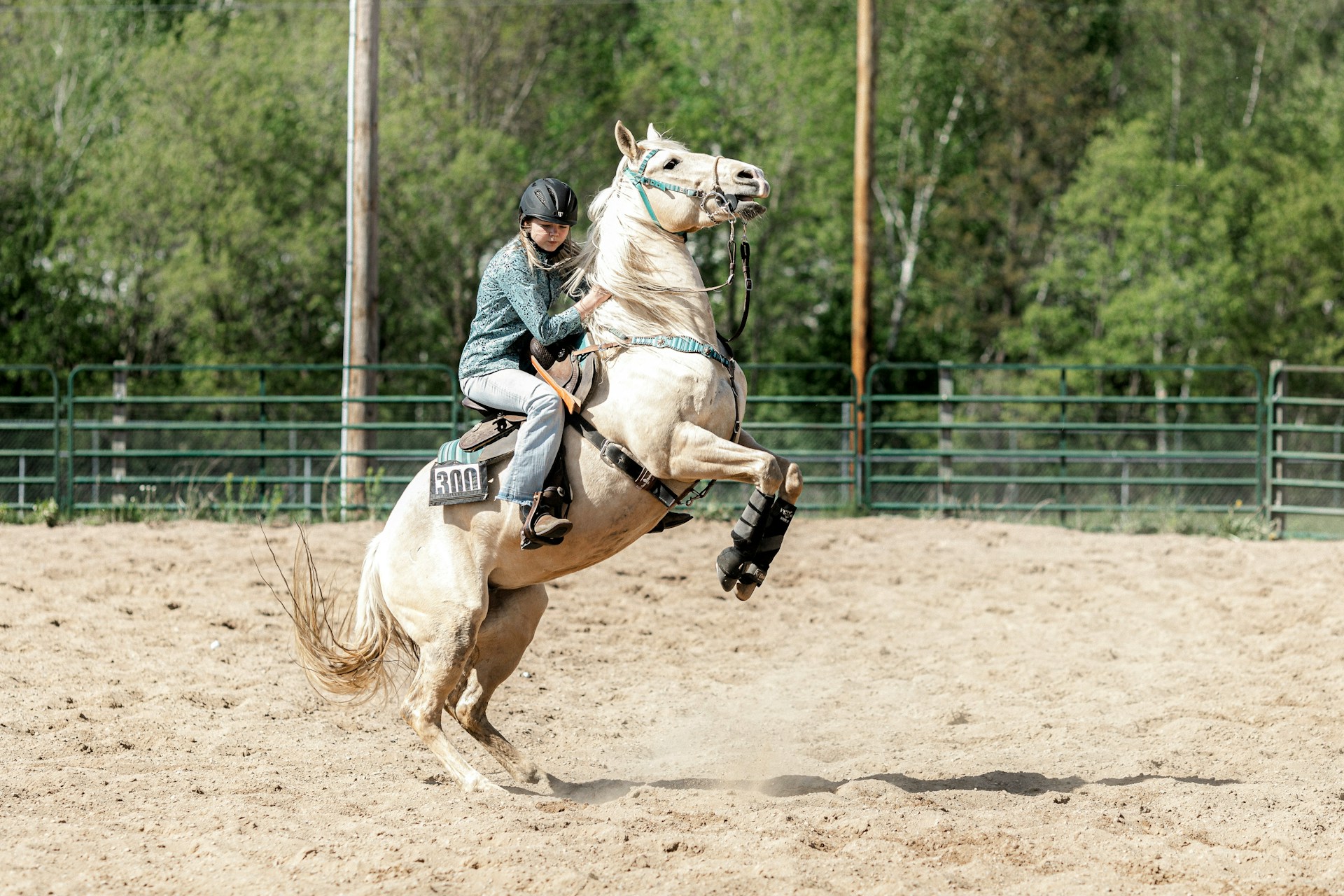
Livestock, Dairy, Equine, & Poultry Handling
Things to look for when selecting a horse; key questions to ask
Horse ownership is an exciting prospect. If you are now at the point where you know that you have the means to financially support a horse, you have the knowledge on how to care for the horse, and you are able to ride, wanting to own your own horse that will meet your riding goals and needs is the next logical step. This fact sheet includes some Ideas for ‘screening’ your potential new horse.
-
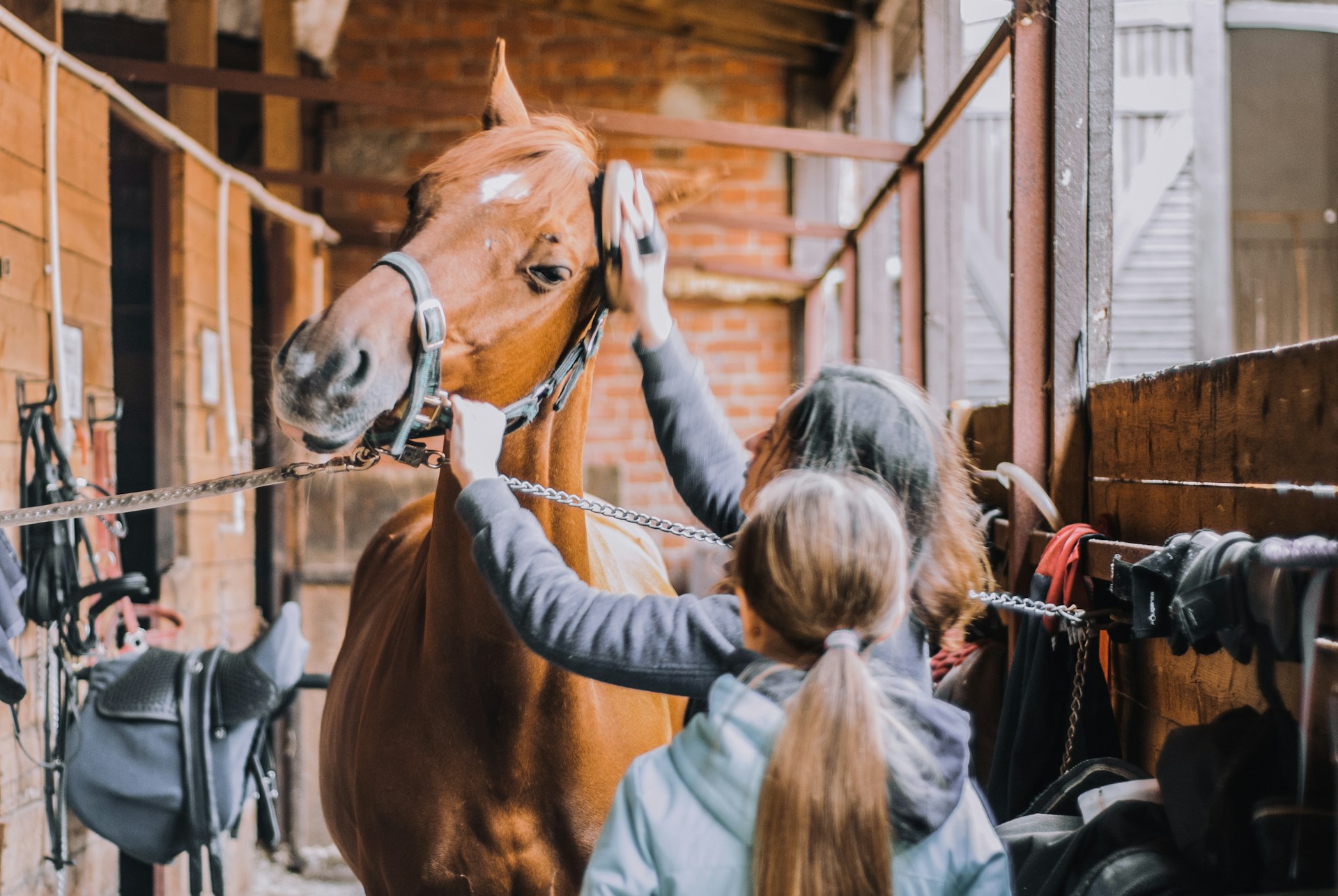
Livestock, Dairy, Equine, & Poultry Handling
Questions to ask a Prospective Trainer
The role of a horse trainer is to prepare the horse so that the horse is safe and responsive to your cues. This fact sheet contains a list of questions you should ask when looking for a trainer. It is important that you are on the same page, and you both agree on methodology.
-
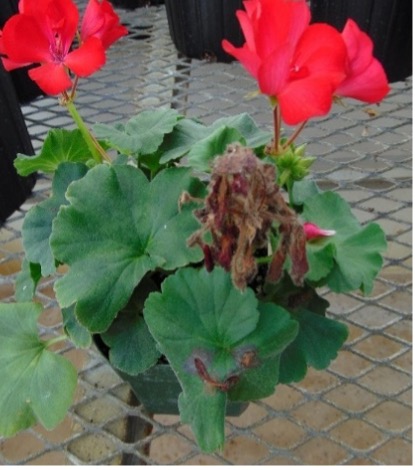
Agriculture & Farming
Managing Botrytis on Bedding Plants
Bedding plants comprise an important segment of the Connecticut greenhouse industry, worth close to $350 million annually. These crops, which include pansy, geranium, bedding impatiens, New Guinea impatiens, snapdragon, coleus, and others are popular with home gardeners and in beautiful landscapes, and are sold in retail and wholesale outlets throughout the region. This fact sheet covers the identification of gray mold and its cause, and the impact and management of Botrytis cinerea in bedding plants.
-

Livestock, Dairy, Equine, & Poultry Handling
Equine Flying Insect Control
Flying insects are always a nuisance, but their activity definitely increases in the summer. New fly control options, where we are defining new as non-traditional, involve combining the use of chemical or organic methods with manure management.
-
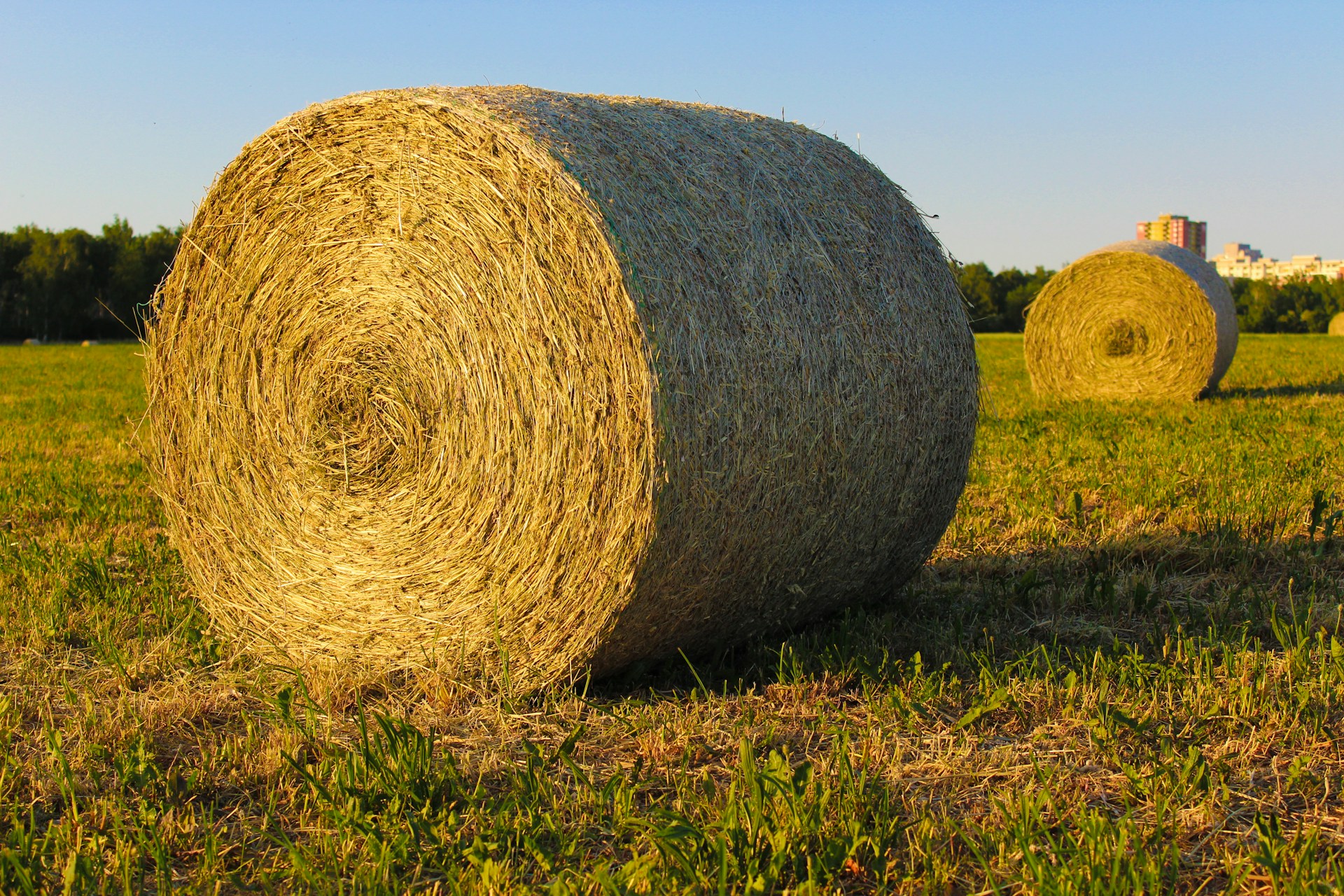
Livestock, Dairy, Equine, & Poultry Handling
Hay Analysis: Its Importance and Interpretation
Having hay analyzed is the only way to determine the actual nutrient content of it. It is important to know this so that you can be sure your horse is consuming an adequate diet. There may or may not be a need to feed grain depending on the quality of the hay. The better the quality of the hay, the less grain you will need to feed, which can be a significant savings.
-
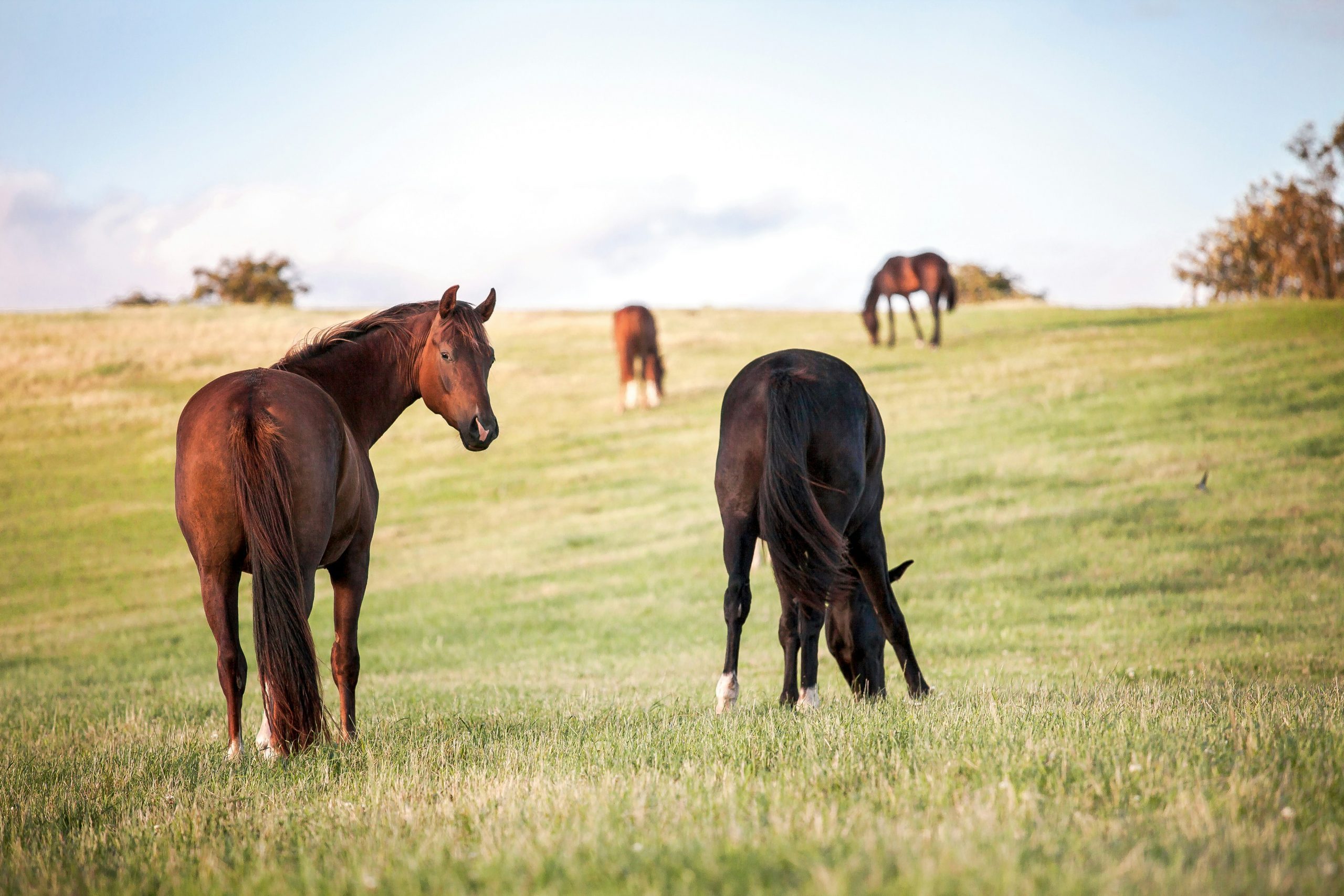
Livestock, Dairy, Equine, & Poultry Handling
Pasture: Evaluation and Management of Existing Pasture
By managing horse pastures more effectively, horse managers can increase forage production, lower production costs, improve aesthetics, and promote a healthier environment.
-

Agriculture & Farming
Managing Flood Risks on Farms
This article provides flood-related information to Connecticut growers, particularly relevant to vegetable and fruit growers in flood-prone regions. It offers strategies to prepare for, respond to, and recover from flooding events, covering what actions to take, when to implement them, how to execute them, and why they are essential.